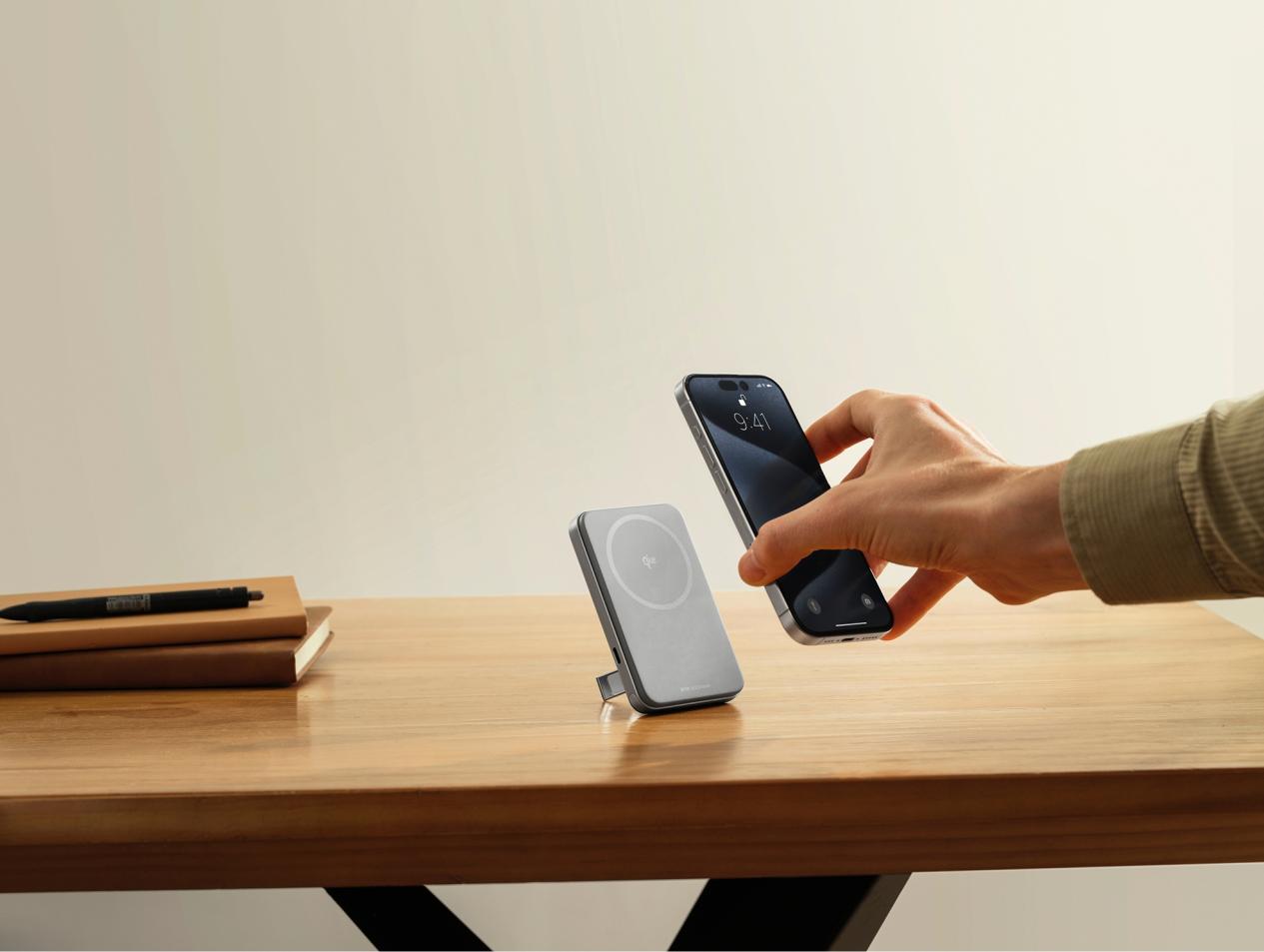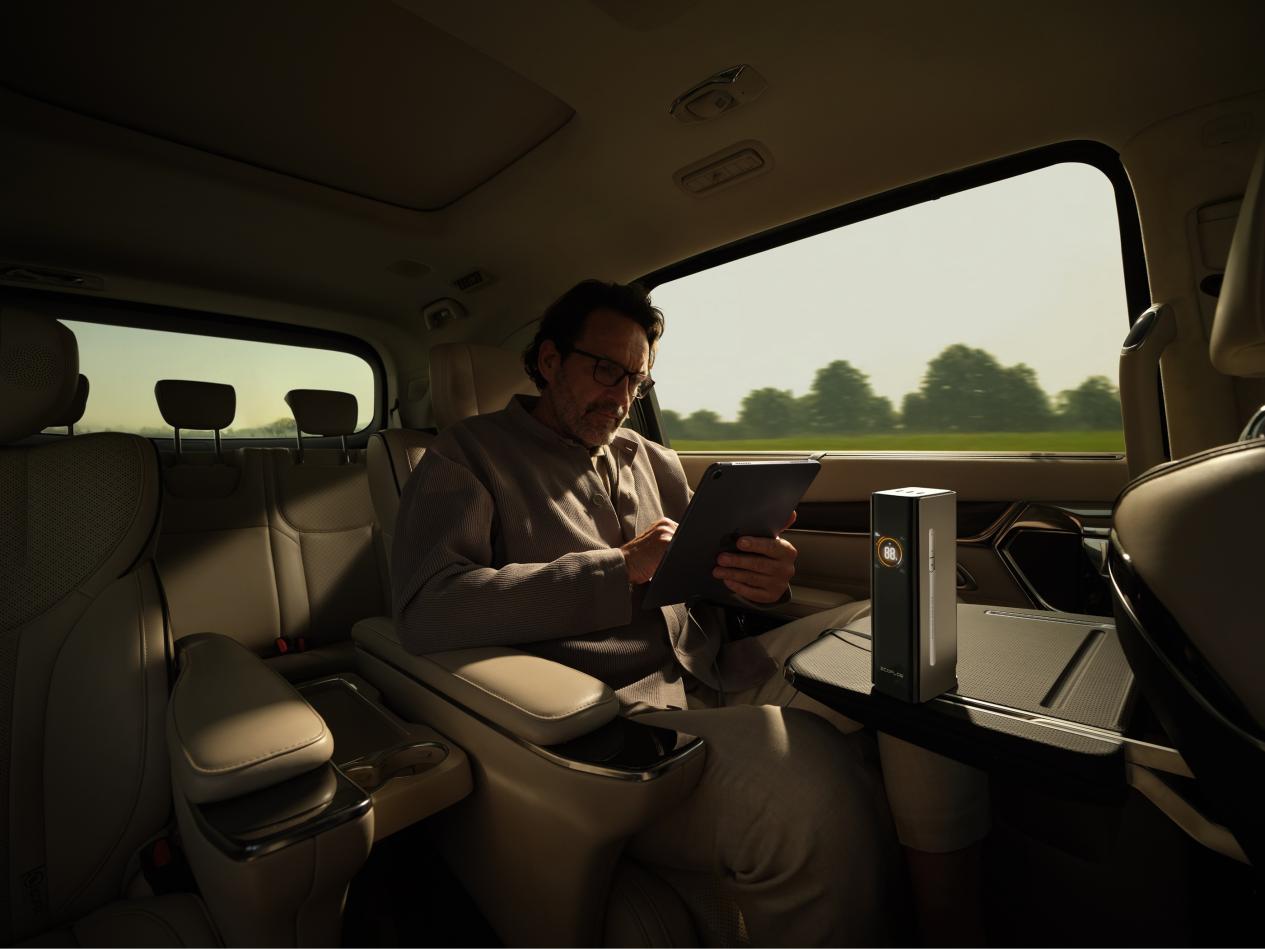- How to Choose a Fast Charging Power Bank That Matches Your Needs
- What Features Make a Fast Charging Power Bank Truly Stand Out
- Why This Fast Charging Power Bank Excels in Real Use
- How to Get the Most Out of Your Fast Charging Power Bank
- Final Thoughts on Choosing the Best Fast Charging Power Bank
- 5 FAQs About Fast Charging Power Banks
Best Fast Charging Power Bank Options for Everyday and Travel Needs
- How to Choose a Fast Charging Power Bank That Matches Your Needs
- What Features Make a Fast Charging Power Bank Truly Stand Out
- Why This Fast Charging Power Bank Excels in Real Use
- How to Get the Most Out of Your Fast Charging Power Bank
- Final Thoughts on Choosing the Best Fast Charging Power Bank
- 5 FAQs About Fast Charging Power Banks
Portable chargers are no longer just backup tools. Many people now rely on them to keep phones, tablets, and even laptops powered throughout busy days. When speed matters, a fast charging power bank can make all the difference. Choosing the right one requires more than picking the highest capacity. Power output, recharging speed, and usability features all affect how well it fits into daily life and travel plans.
How to Choose a Fast Charging Power Bank That Matches Your Needs
Finding the right fast charging power bank starts with knowing how you plan to use it. The same model will not serve everyone equally well. Focusing on three main areas can help you make a smart choice.
Check the output power and device compatibility
Look at the wattage rating for each port. A 65W USB-C output can charge laptops and larger tablets efficiently, while 18W to 30W is better suited for phones and smaller devices.
Make sure the ports support the protocols your devices use, such as USB Power Delivery (PD) or Quick Charge. Without matching protocols, charging may fall back to slower speeds.
Balance capacity with portability
- A 10,000mAh fast charging power bank can often recharge a smartphone two to three times, yet remain compact enough for pockets or small bags.
- Larger capacities like 20,000mAh provide more total energy but are heavier and may be less convenient for travel.
Consider wired and wireless charging needs
Wired charging is still faster for most devices, but newer wireless standards like Qi can reduce the gap.
If you use wireless charging regularly, look for models with strong magnetic alignment or built-in stands to keep devices secure while powering up.
What Features Make a Fast Charging Power Bank Truly Stand Out
Beyond the basic specifications, certain features can transform a power bank from adequate to outstanding. These details improve speed, convenience, and safety.
High wattage output: A fast charging power bank with 65W output can power not only smartphones but also many laptops. This removes the need to carry multiple chargers and cables. For professionals and travelers, high output can turn a single accessory into a multi-device charging solution.
Fast recharging for the power bank itself: If a power bank can recharge from empty to most of its capacity in under an hour, it will be ready for use more often. Look for 30W or higher input ratings. This is especially valuable for those who forget to charge overnight or need a quick top-up before heading out.
Intelligent display and control features: An onboard screen showing remaining battery percentage, charging power, and estimated time to full can prevent guesswork. Some advanced models connect to apps for health monitoring and personalized settings.
Safe temperature and battery management: Fast charging generates heat, which can affect battery life and performance. A high-quality fast charging power bank includes thermal monitoring sensors and safety cutoffs. This ensures the device operates within safe limits even during sustained high-power use.
Why This Fast Charging Power Bank Excels in Real Use
One standout example designed for power users is the EcoFlow RAPID Pro Power Bank (27,650mAh). It brings together massive capacity, professional-grade output, and intelligent features in a travel-friendly design.
Unmatched Power for Laptops and More: With a total output of 300W and a built-in 140W USB-C cable, it can easily power a 16-inch MacBook Pro at full speed while simultaneously charging other devices. Its four ports can handle a complete mobile workstation, from laptops to drones and cameras.
Massive Capacity That’s Ready for Travel: The 27,650mAh (99.54Wh) capacity is the maximum allowed on most airlines, providing enough energy for a full day of heavy use without worrying about compliance.
Ultra-Fast Recharging: It minimizes downtime by recharging to 80% in just 20 minutes when paired with its dedicated charging station. This makes it incredibly convenient for quick turnarounds between trips or meetings.
Smart Control and Monitoring: The smart LCD screen provides real-time data on power status, while the EcoFlow app allows for advanced control, including a battery optimization mode to extend the lifespan of the power bank and connected devices.
Integrated Design for Convenience: The built-in 60 cm cable means there's no need to carry extra high-wattage cables, simplifying your travel kit.
These combined strengths make it an exceptional choice for professionals, creators, and anyone who needs a powerful and reliable fast charging power bank for multiple demanding devices.


How to Get the Most Out of Your Fast Charging Power Bank
Buying a good fast charging power bank is only the first step. Using it correctly ensures better performance and a longer lifespan.
Use the right port for the right device
- Plug laptops into the highest-wattage USB-C port.
- Use medium-power ports for tablets and phones.
- Reserve wireless charging for times when convenience matters more than maximum speed.
Plan recharging times
- If your power bank supports high-speed input, connect it to a compatible wall adapter when battery levels drop below 30 percent.
- A quick 30-minute charge session can bring many models back to usable capacity, reducing downtime.
Store and maintain properly
- Keep the power bank in a cool, dry place when not in use.
- Avoid leaving it at full charge for weeks at a time.
- Perform a full cycle (full charge and full discharge) every few months to help maintain calibration of the battery indicator.


Use cables that match the charging capability
A high-wattage port needs a cable rated for the same power. Using a lower-rated cable can reduce speed or stop charging altogether.
Final Thoughts on Choosing the Best Fast Charging Power Bank
A fast charging power bank can be an essential part of a tech-savvy lifestyle. By focusing on output power, recharge speed, and practical features, you can find a model that keeps all your devices ready to go. High-wattage output, intelligent management, and reliable safety controls make the biggest difference in real-world use. For users who need to power multiple demanding devices on the go, a high-capacity model like the EcoFlow RAPID Pro Power Bank delivers unmatched performance in a travel-ready form, ensuring dependable power in any situation.
5 FAQs About Fast Charging Power Banks
Q1. How long should a fast charging power bank last before it is replaced?
A good fast charging power bank will last 3 to 5 years with normal usage. Battery life is determined by charge cycles, environmental storage, and frequency of use at high output. Selecting a unit with temperature control and battery health options will prolong life. Don't leave it in a hot environment or fully drained for extended durations to maintain capacity.
Q2. Does a fast charging power bank charge more than one device at full speed?
A few of the fast charging power banks can continue to charge several devices quickly if they have independent power circuits and sufficient overall output. A 65W total rated model, for instance, might supply 45W to a laptop and 20W to a phone. Check the spec sheet always to determine how much each port will output, since speed can be reduced if the overall demand becomes too high.
Q3. Is the use of a fast charging power bank safe in cold temperatures?
Yes, but the charging rate may slow down under freezing temperatures. Lithium-ion cells operate optimally between 0°C and 35°C (32°F–95°F). In cold locations, warm up the power bank to room temperature before charging it for optimal performance. Extremely low temperatures may temporarily decrease capacity but return when the unit is back to normal temperatures.
Q4. How can I verify if my devices support fast charging?
Verify the technical specifications of your device for supported charging protocols such as USB Power Delivery (PD) or Quick Charge. Most newer phones, tablets, and laptops have these protocols. Your device will charge, but at slower rates, if it only supports standard charging. Certified cables that are compatible with the device's capabilities guarantee the fastest charge possible.
Q5. Will regular fast charging hurt my phone battery?
New devices are designed to charge fast without hurting the battery too much. They also have internal charging controllers that regulate voltage and heat to protect the battery. Nevertheless, frequent charging from very low to 100% can still shorten the battery life in the long run. For daily usage, charging up to around 80% and not allowing the battery to drain too low can make your phone's battery last longer.